It’s not every day that a nation undergoes an evolution as profound and meteoric as China has over the last few decades. The Middle Kingdom, once renowned for its ancient silk routes and intoxicating teas, has transformed into a powerhouse of modern commerce, technology, and consumerism, making the world sit up and take notice.
Rewind a few decades, and China presented a picture starkly different from the neon-lit skylines of its megacities today. Emerging from the shadows of the Cultural Revolution, China was, economically speaking, a sleeping giant. But as Deng Xiaoping famously quipped, “It doesn’t matter if a cat is black or white, as long as it catches mice.” And catch mice, it did.
With market reforms in the late 20th century, China catapulted itself from an agrarian society to the world’s second-largest economy. Its GDP growth rates became the envy of economic pundits worldwide, and its manufacturing prowess earned it the title of the “World’s Factory.”
Yet, in focusing on these monumental achievements, one would be remiss to overlook another profound transformation – the Chinese consumer. Once characterized by frugality and basic needs, today’s Chinese consumers are discerning, aspirational, and incredibly diverse. They sip on lattes, queue up for the latest tech gadgets, and travel the world, yet deeply cherish their cultural festivals and traditions.
This duality of modernity interspersed with tradition makes the Chinese consumer landscape a labyrinth that brands must navigate with care. The sheer size of China’s population, coupled with its regional disparities and rapidly evolving urban centers, makes it a market of multiple facets. From the tech-savvy denizens of Beijing and Shanghai to the rural consumers whose buying patterns are influenced by community and tradition, the spectrum is vast and varied. This is not a market where a one-size-fits-all strategy will suffice.
Brands that overlook the complexities of this landscape do so at their peril. To make inroads into China’s market is to understand its pulse, nuances, and soul. And that requires more than just economic analysis—it demands cultural immersion, empathy, and, above all, respect for a nation that has, against many odds, redefined its destiny. To truly succeed in China, one must do more than sell to its consumers; one must understand them. And in this understanding lies the path to genuine, lasting success.
The Many Faces of China: A Mosaic of Regional Identities and Ambitions
When we think of China, it’s easy to fall into the trap of seeing it as a monolithic entity, a singular colossus. But in reality, China is a tapestry of regions, each with its distinct flavor, ambition, and allure. These regions stand as a testament to the rich tapestry of China’s historical legacy and its bold aspirations for the future.
Eastern China: Here lies the beating heart of modern China’s luxury and cosmopolitanism. Cities like Shanghai aren’t just urban centers; they are living, breathing entities that encapsulate the global aspirations of the Chinese populace. To walk along the Bund is to take a journey through time – from colonial architecture to glinting skyscrapers. The consumers here? They’re a blend of global and local, seeking the finest in international luxury yet never quite letting go of their quintessential Chinese identity. Brands eyeing this region need to realize that it’s not just about luxury; it’s about luxury with a touch of the local.
Northern China: The tech hubs of Beijing and Shenzhen aren’t just cities; they’re symbols of China’s indomitable spirit. A blend of millennia-old traditions and cutting-edge innovations, these regions exemplify the paradox that is modern China. One can’t help but be amazed at the juxtaposition – ancient hutongs co-existing with sprawling tech campuses. The consumers here are not just tech-savvy; they’re at the vanguard of defining modern Chinese culture. Any brand seeking to make a mark here should understand this intricate dance between the past and the hyper-futuristic present.
Western China: Often overlooked, but what a grave oversight that is! There’s a raw, untamed energy in places like Chengdu and Kunming, a sense of potential just waiting to be harnessed. The West represents China’s frontier spirit, a region on the cusp of explosive growth. Yes, there are challenges, from infrastructure to nascent markets. But challenges, as the Chinese have shown time and again, are but stepping stones to grander visions. For the astute marketer, Western China isn’t a challenge; it’s an opportunity.
Southern China: This region is a testament to China’s manufacturing might and global aspirations. Guangzhou and Shenzhen are not just manufacturing hubs but gateways to the world. It’s here that China’s global ambitions take root, heavily influenced by its proximity to international epicenters like Hong Kong. Yet, amidst this global outlook, there’s an unmistakably local pulse. Consumers here are savvy, globally-minded, yet deeply rooted in their Southern heritage. They exemplify the best of both worlds, and to succeed here, brands must strike that delicate balance between the global and the unmistakably local.
Each of these regions is a chapter in China’s unfolding story. It is a story of ambition, heritage, and, above all, of a nation’s unyielding spirit. The real question for brands isn’t just how to tap into these markets but how to become a part of this grand narrative.
Between Skylines and Countrysides: The Duality of China’s Landscape
In the shadows of China’s soaring skyscrapers and amidst the bustling cacophony of its urban sprawl, there’s an untold narrative of stark contrasts yet interconnected destinies. The interplay between China’s urban centers and its sprawling rural landscape offers a unique lens through which to understand this nation’s ever-evolving heartbeat.
Urban Centers:
- The Metamorphosis of Megacities: Shanghai, Beijing, and Shenzhen aren’t just cities; they’re phenomena. Their evolution from historic centers to sprawling metropolises is nothing short of astounding. Wandering through their streets, one witnesses an intricate ballet of tradition and modernity. Ancient temples stand proudly alongside towering skyscrapers, each narrating tales of a city that refuses to forget its past while sprinting toward the future.
- The Ascendancy of the Urban Middle Class: This demographic isn’t just burgeoning in numbers; it’s redefining the essence of the ‘Chinese Dream.’ Aspirational, globally aware, yet deeply rooted in their cultural moorings, the urban middle class is a testament to China’s success story. And with this rise comes a paradigm shift in values, aspirations, and, most crucially, purchasing power.
- Shifting Sands of Consumption: Gone are the days when luxury was the sole purview of the elite. Today’s urban Chinese consumers are recalibrating the scales, weighing luxury’s allure against the essentials’ comfort. It’s a fascinating dance, watching a population that once prioritized saving now unhesitatingly splurging on brands, experiences, and indulgences.
Rural Areas:
- The Uncharted Frontier: Beyond the neon lights and bustling urban centers lies a China that’s often overshadowed yet pulsating with potential. The vast rural landscape, with its undulating fields and tranquil hamlets, is not just picturesque; it’s a goldmine of opportunities waiting to be tapped.
- When Brands Pen Success Stories: It’s a misnomer to assume that global brands only resonate within city walls. Numerous brands have cracked the rural code, weaving themselves into the very fabric of countryside life. These success tales are not just about sales figures but chronicles of understanding, adaptation, and cultural symbiosis.
- Culture at the Heart of Strategy: Rural China isn’t just geographically distinct; it’s a world that thrives on community, traditions, and age-old values. Marketing here isn’t about broadcasting; it’s about conversing, understanding, and, most crucially, respecting. Brands that have prospered have done so by immersing themselves in these cultural nuances, crafting strategies that resonate at a community level.
The dance between urban and rural, modern and traditional, is the essence of China’s dynamism. For those watching from the sidelines, it offers invaluable lessons in adaptability, resilience, and the age-old art of storytelling. And for brands? It’s a call to action, a challenge to weave themselves into this intricate tapestry called China.
Decoding the Dragon: The Crucial Role of Market Research in China’s Complex Landscape
For many, China is an enigma – a vast expanse of mysteries and opportunities, myths and realities. But for brands aiming to etch their mark in this sprawling market, relying on assumptions is a game of Russian roulette. The path to success? Market research. Meticulous, insightful, and culturally attuned research.
Unraveling the Chinese Enigma:
At its core, market research isn’t just about numbers and data. It’s about decoding behaviors, understanding motivations, and getting to the heart of what makes the Chinese consumer tick. In a land as diverse as China, with its vast regional disparities and cultural tapestry, market research is the compass that guides brands through the maze.
Quantitative vs. Qualitative Insights:
Numbers tell a story, but not the complete tale. While surveys and data analytics offer a bird’s-eye view of patterns and trends, the focus groups, the one-on-one interviews, and the immersive ethnographic studies bring to life the emotions, aspirations, and nuances. A blend of quantitative and qualitative insights is the elixir for true understanding.
Leveraging Local Expertise:
It’s one thing to study China from the outside and entirely another to delve deep with the aid of local experts. Partnering with local agencies isn’t just smart; it’s indispensable. They bring a depth of understanding, cultural sensitivity, and on-ground insights that are goldmines for brands.
Digital Insights and Social Listening:
In a country where platforms like Weibo, WeChat, and Baidu reign supreme, online market research is not optional; it’s imperative. These platforms offer a treasure trove of consumer sentiments, real-time feedback, and insights on the latest trends. Brands that aren’t tuning in are missing out and in a big way.
Cultural Considerations in Research:
In China, not all questions are created equal. The art of framing questions that resonate with Chinese values, ethos, and worldviews is paramount. Missteps and cultural faux pas in research can lead to skewed insights or, worse, alienate the very consumers brands are trying to understand.
Applications of Research:
True value from research isn’t just in gathering insights but in how they’re applied. Whether it’s tweaking a product to align with local tastes or crafting marketing strategies tailored to different regions, research is the foundation upon which successful brand stories are built in China.
Unraveling the Mystique: Navigating the Labyrinth of Chinese Consumerism
When one speaks of China, one often envisions a nation rooted in traditions, bursting with vibrant festivals and age-old customs. Yet, it is also a nation at the forefront of technological revolutions and burgeoning modern consumerism. To understand China is to understand these dualities and the unique tapestry they weave.
Family Units:
Dynasties to Digital Age: The Chinese family has evolved, but its essence remains. While the archetypal large family structure might be waning, the influence of family on consumption choices remains profound. Brands that acknowledge and cater to these multi-generational dynamics find themselves embraced with warmth.
Spotlighting Success: Delve into the stories of brands that ingeniously navigated the Chinese family ethos. These brands didn’t just market products; they marketed memories, emotions, and generational bonds.
Demographics and the Middle Class:
The Rising Dragon: The Chinese middle class isn’t just growing; it’s transforming. As they climb the socioeconomic ladder, their aspirations evolve, and so do their consumption patterns. Brands keen on success would do well to keep an eye on this demographic’s dreams and desires.
The Pendulum of Consumption: The age-old Chinese ethos of saving is now interspersed with bouts of indulgent spending. And as the urban middle class dives deeper into the ‘experience’ economy, sectors like travel, leisure, and entertainment are witnessing unprecedented booms.
Digital Landscape:
Beyond the Great Firewall: China’s digital arena, with its unique ecosystem, stands apart from the rest of the world. Brands must comprehend the implications of this digital realm, where global giants are often absent, replaced by homegrown titans.
Digital Dynasties: Platforms like WeChat, Tmall, and Douyin aren’t just apps; they are empires. They dictate trends, shape opinions, and can make or break brand stories. A deep dive into these platforms reveals the pulse of modern Chinese consumerism.
Values and Traditions:
Calendar of Opulence: From the Lunar New Year to the Mid-Autumn Festival, Chinese festivals aren’t just cultural events; they’re consumption extravaganzas. Brands that align their sales cycles with these festivals ride waves of unparalleled consumer enthusiasm.
Cultural Compass: In a land steeped in traditions, even minor missteps in branding can lead to major misfires. Navigating this landscape requires brands to be culturally astute, respectful, and authentic.
Blending Eras: Modern marketing in China is a dance of dualities – where traditional values waltz seamlessly with modern aspirations. Brands that strike this balance create legacies, not just campaigns.
Sailing the Winds of Change: China’s Emerging Consumer Behavior Trends
In the grand mosaic of China’s consumer landscape, there’s a perpetual dynamism, an ever-evolving dance of tastes, preferences, and behaviors. To the uninitiated, it may seem like a whirlwind of unpredictability, but for those with an astute eye, patterns emerge. Let’s delve deep into the waves of transformation and the trends setting the course for the future.
Health and Wellness:
The Rebirth of the Holistic Lifestyle: As the land that gifted the world with ancient wellness practices, it’s no surprise that modern China gravitates back towards health and holistic well-being. Whether it’s the rise of yoga studios in urban centers, the surge in demand for organic products, or an increased focus on mental tranquility, China is on a quest for a more balanced life.
Harmonizing Body and Soul: Brands that recognize this shift towards a healthier lifestyle are not just riding a trend but becoming part of a profound societal transformation.
The Green Movement:
Echoes of a Sustainable Future: The land of dragons is now championing another noble beast: the green phoenix. As awareness about the planet’s fragility grows, a palpable shift towards sustainable living exists. From eco-friendly products that fly off the shelves to the increasing demand for sustainable practices, the Chinese consumer echoes a global sentiment of environmental responsibility.
Green Gold: For brands, sustainability isn’t just an ethical choice; it’s becoming a business imperative. Those who embrace the green wave find themselves in sync with the heartbeats of millions.
Local vs. Global:
The Rise of the Home Phoenix: Amidst the bustling aisles of global brands, there’s a resurgence of pride in local offerings. The trend of ‘guochao’ isn’t just a fad. It’s a testament to China’s confidence in its indigenous brands, a celebration of local ingenuity, and a statement of self-reliance.
Rooted Yet Soaring: This growing favor for domestic brands offers a rich tapestry of opportunities and challenges for both local and global players.
Evolving Gender Roles:
The Fluid Tapestry of Modern China: Gone are the days of rigidly defined roles and stereotypes. Today’s China is embracing a more fluid understanding of gender. This evolution reshapes markets, from beauty products breaking traditional boundaries to marketing campaigns celebrating diversity.
Reshaping Narratives: Brands attuned to these shifting sands are crafting narratives that resonate with a progressive audience, ensuring their messages are not just heard but cherished.
Case Studies: Navigating the Dragon’s Realm with Mastery
Tales of triumph in the Chinese market are both cautionary and inspirational for every brand that soars – several others falter. Here, we delve into a few brands — both homegrown and international — that have artfully navigated the intricate tapestry of the Chinese consumer landscape.
Huawei: Championing the ‘Guochao’ Movement
Overview: Founded in 1987, Huawei began as a telecom solutions provider and evolved into one of the world’s leading tech giants. Their meteoric rise in the smartphone market is a testament to the power of domestic appeal and innovation.
Key Insight: By focusing on high-quality products with a keen sense of national pride, Huawei captured the hearts of millions of Chinese consumers.
Notable Numbers: As of 2023, Huawei held a staggering 36% market share in China’s smartphone market, surpassing international competitors.
Starbucks: Brewing Success with Localization
Overview: Entering China in 1999, Starbucks faced skepticism. Coffee was not a staple, and the market was largely untapped. Yet, by 2021, Starbucks had over 4,700 stores in China.
Key Insight: Starbucks brilliantly melded its brand with localized experiences, such as offering traditional teas and mooncakes during the Mid-Autumn Festival or designing stores with Chinese architectural elements.
Quote: Howard Schultz, Starbucks’ CEO, once remarked, “We remain humbled by the Chinese consumer’s embrace of Starbucks as a part of their daily ritual over the past 20 years.”
BYD Auto: Driving the Green Revolution
Overview: BYD, initially a rechargeable battery enterprise, morphed into a global electric vehicle powerhouse.
Key Insight: Aligning with China’s push towards sustainability and reducing carbon emissions, BYD positioned itself at the forefront of the green vehicle movement, resonating with eco-conscious consumers.
Notable Numbers: In 2023, BYD accounted for a commendable 11% of China’s new energy vehicle market, with hopes to expand further in the international domain.
L’Oréal: Beauty Beyond Borders
Overview: As an international beauty brand, L’Oréal faced the challenge of resonating with Chinese consumers, who held distinct beauty standards.
Key Insight: L’Oréal invested heavily in market research, resulting in products tailored to Chinese skin types and beauty preferences, such as cushion foundations and whitening creams.
Quote: Jean-Paul Agon, L’Oréal’s Chairman, highlighted, “China will soon be the number one beauty market in the world. The sky is the limit.”
These case studies underscore a singular truth: Success in China isn’t solely about market dominance or capital muscle. It’s about understanding, respect, and a genuine effort to integrate brand and Chinese consumers’ values. Brands that heed these tales will find themselves better equipped to tread the rich, rewarding, yet challenging paths of the Middle Kingdom.
Challenges and Opportunities: Dancing with the Dragon
In the vibrant tapestry of the Chinese market, opportunities and challenges are interwoven with remarkable intricacy. Brands aspiring to conquer this landscape must recognize both the pitfalls and the potential. Here’s a detailed exploration of the current trials and tribulations and the tantalizing prospects that beckon.
Regulatory Hurdles and the Changing Political Landscape:
The Moving Goalposts: China, in its endeavor to protect its economy, often adjusts its regulatory framework. Whether it’s the tech sector facing anti-trust scrutiny or foreign firms navigating intricate licensing requirements, regulatory agility is crucial.
Politics Meets Business: The intertwining of political decisions and business strategies in China is palpable. Brands must not only market their products but also understand and align with the country’s socio-political sentiments.
The Competitive Landscape: Local Giants vs. International Entrants:
The Home Ground Advantage: Companies like Alibaba, Tencent, and Baidu are not merely businesses but institutions. Their deep understanding of local nuances and formidable market presence poses significant challenges for new entrants.
International Titans on Chinese Shores: While local giants dominate, international brands like Apple, BMW, and Starbucks have made significant inroads. Their success formula? A combination of global brand appeal and local market adaptability.
Opportunities in Untapped Markets and Sectors:
The Rural Goldmine: While urban centers like Beijing and Shanghai are saturated with brands, rural China offers an expanse of untapped potential. The rise in rural internet penetration and increased purchasing power means brands have a vast new audience to cater to.
Emerging Sectors to Watch: New avenues are continually emerging from the burgeoning health and wellness industry to the explosion of the experiential tourism sector. Brands that stay ahead of the curve identifying and capitalizing on these nascent sectors, will reap significant rewards.
Final Thoughts: Gazing into the Dragon’s Crystal Ball
The labyrinthine streets of China’s market landscape, echoing the cacophony of countless transactions, narratives, and aspirations, are heading toward a horizon dazzling with promise. This isn’t merely the trajectory of an economy; it’s the pulse of a civilization in rapid evolution.
China’s consumer market is poised at an inflection point, one that melds tradition with transformation. As we gaze into the future, it isn’t about predicting the exact path but understanding the essence of its direction. A country steeped in millennia of history is embracing the future with both caution and enthusiasm. This juxtaposition of the old and new isn’t a contradiction but a harmonious symphony that will define China’s next chapter.
For the astute executive, let this not be a tale of mere market penetration or brand establishment. Instead, perceive it as an invitation to be part of a story, a journey, and perhaps, a legacy. The Middle Kingdom doesn’t just offer market shares; it provides a chance to be interwoven into its rich tapestry of progress.
But remember, while numbers, strategies, and analytics form the cornerstone of any business endeavor, in China, it’s equally about sentiment, respect, and understanding. It’s not merely about what you sell but how you align with the dreams and aspirations of a billion souls.
So, as you plot your course in this vast expanse, let your compass be empathy, your map be cultural appreciation, and your beacon, a genuine desire to contribute to China’s enthralling journey. The dragon doesn’t just welcome those who ride on its back but cherishes those who fly beside it, sharing its dreams and embracing its future.
Navigate China with Confidence. Connect with Kadence International.
Embarking on market research in China? Let’s ensure your brand’s story is told with precision, empathy, and insight. With a strategic foothold in China, Kadence International isn’t just an agency; we’re your on-ground partners, your cultural interpreters, and your strategic advisors.
Together, we won’t just enter the market; we’ll make waves, build connections, and etch your brand into the Chinese narrative.
Your voyage into the heart of the dragon begins with a conversation. Connect with us today.
Get regular insights
Keep up to date with the latest insights from our research as well as all our company news in our free monthly newsletter.

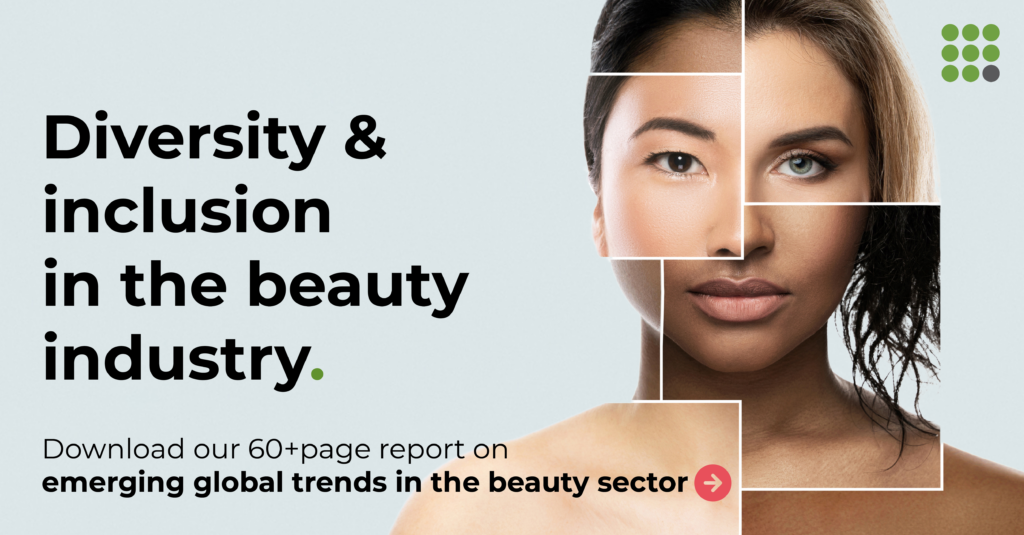
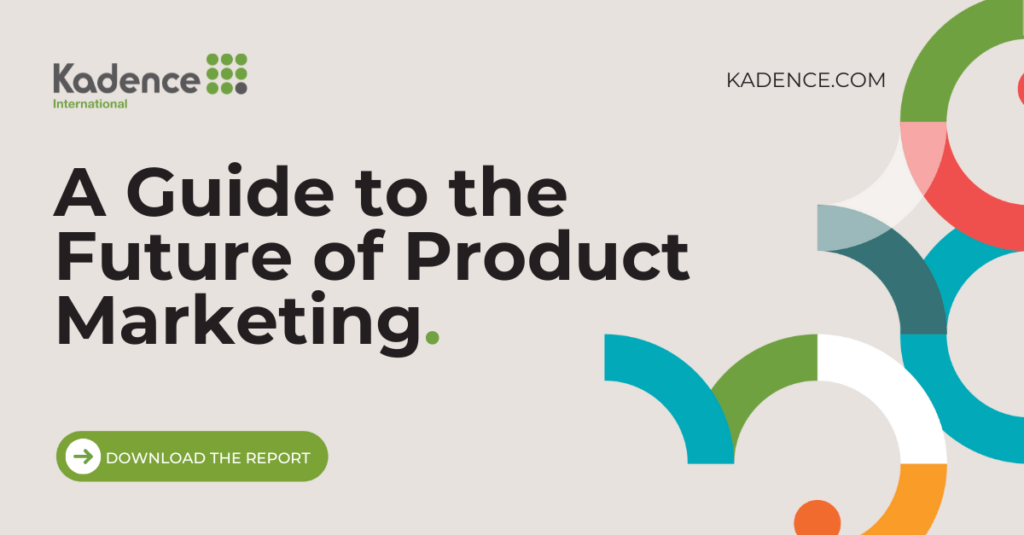
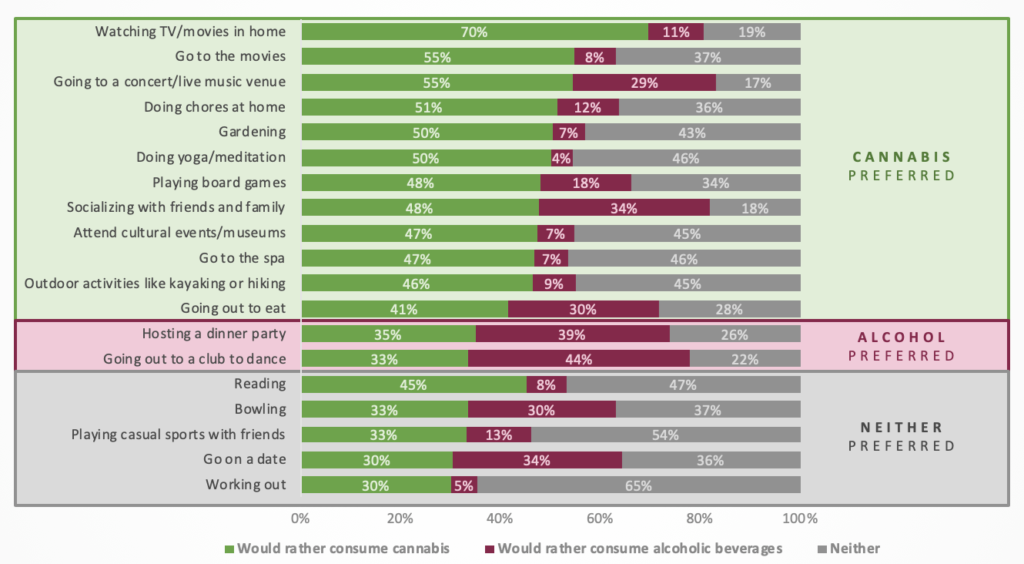






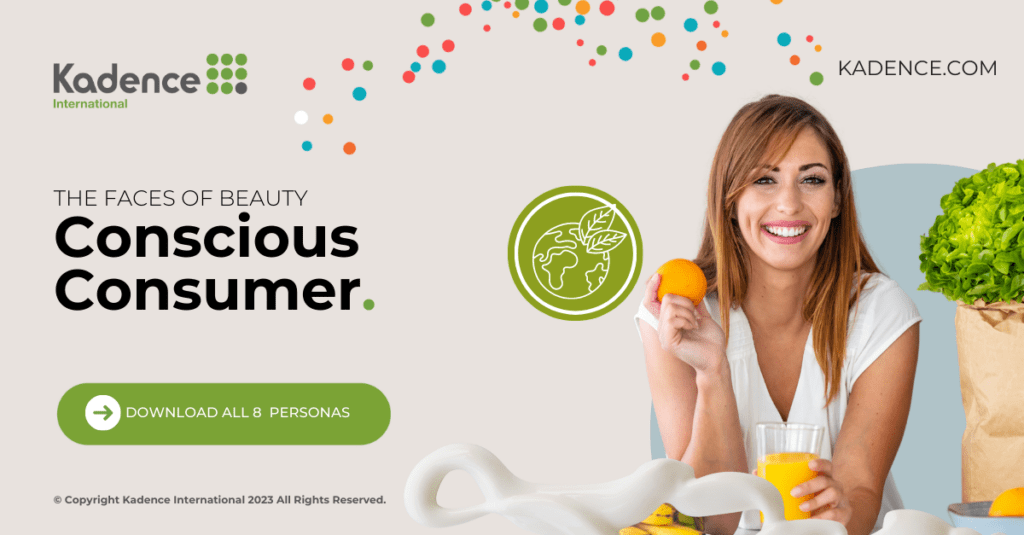
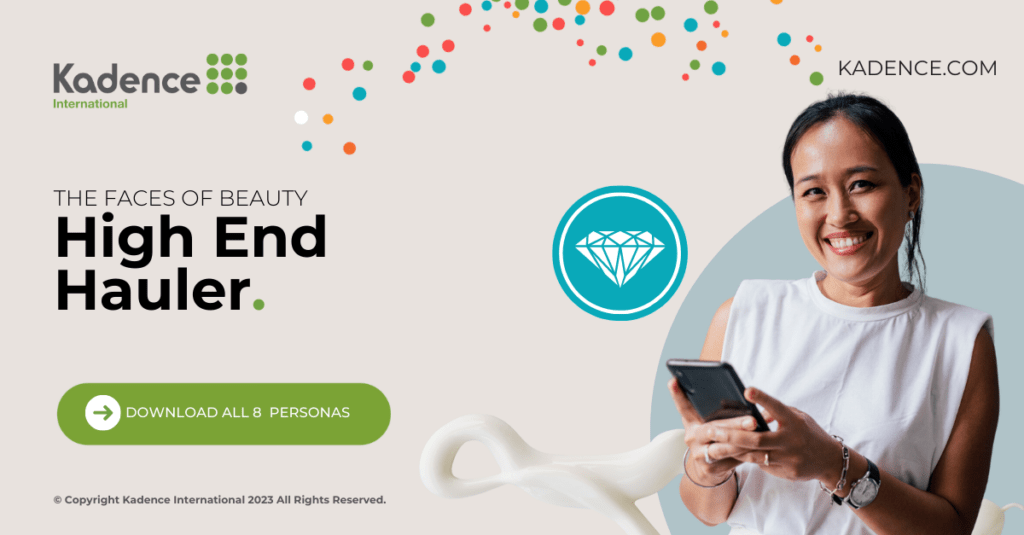
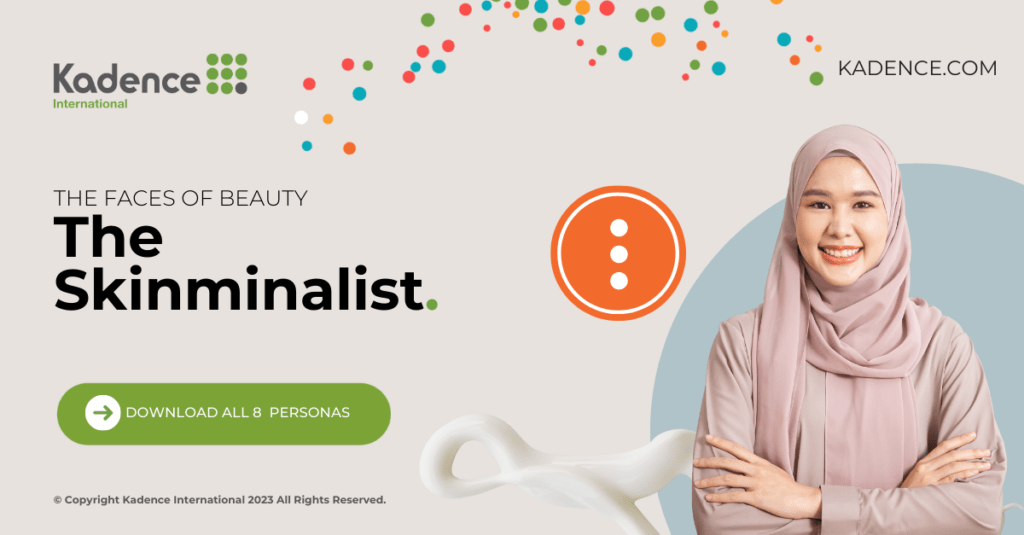
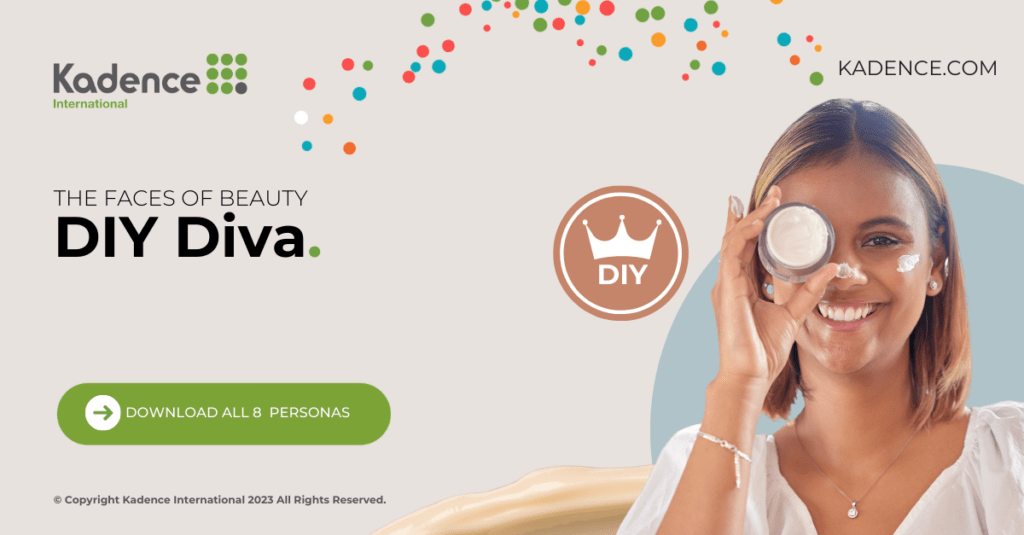
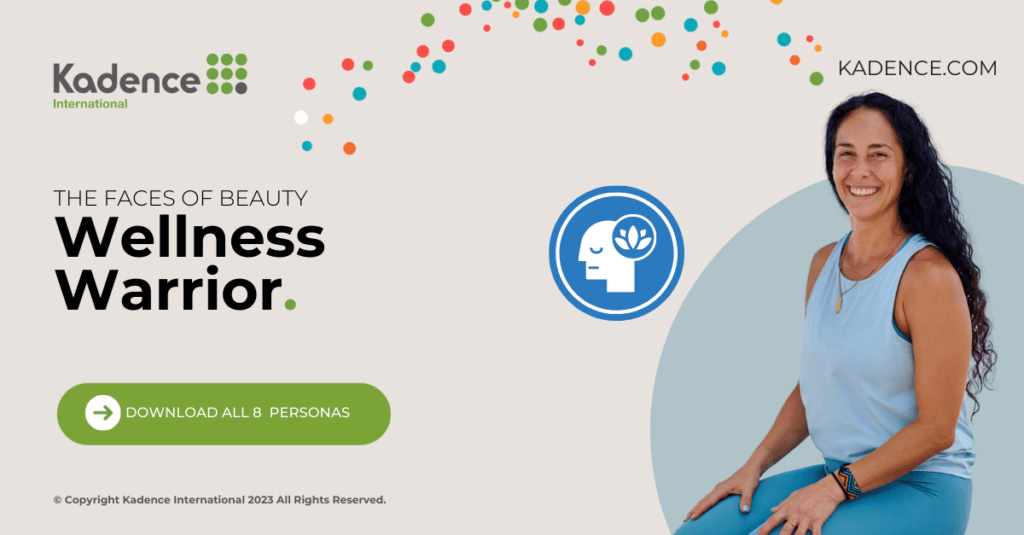
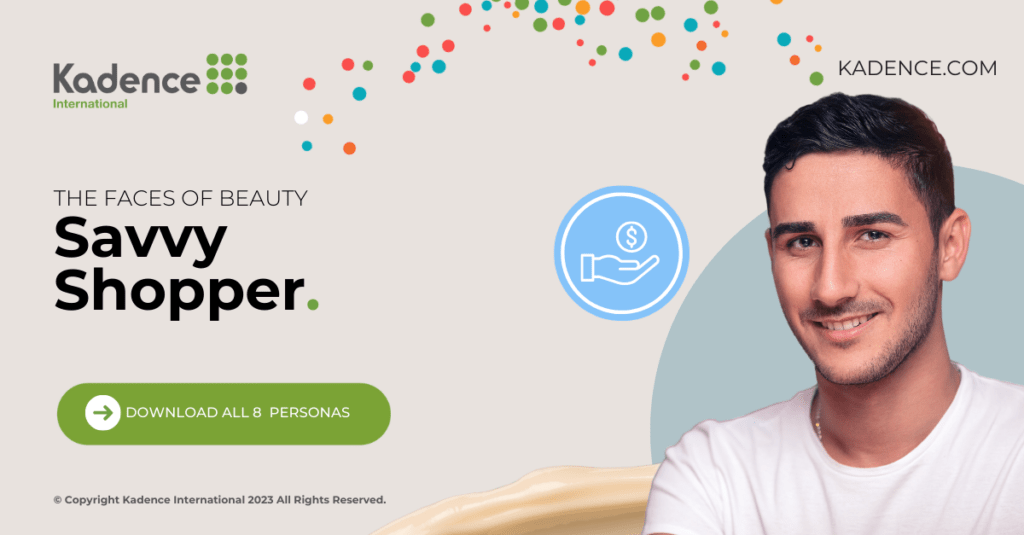
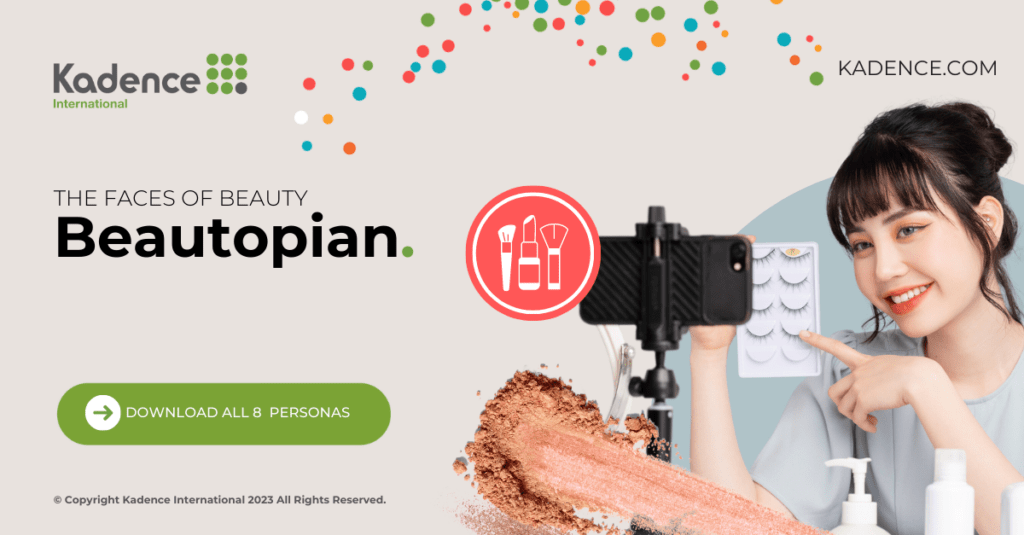
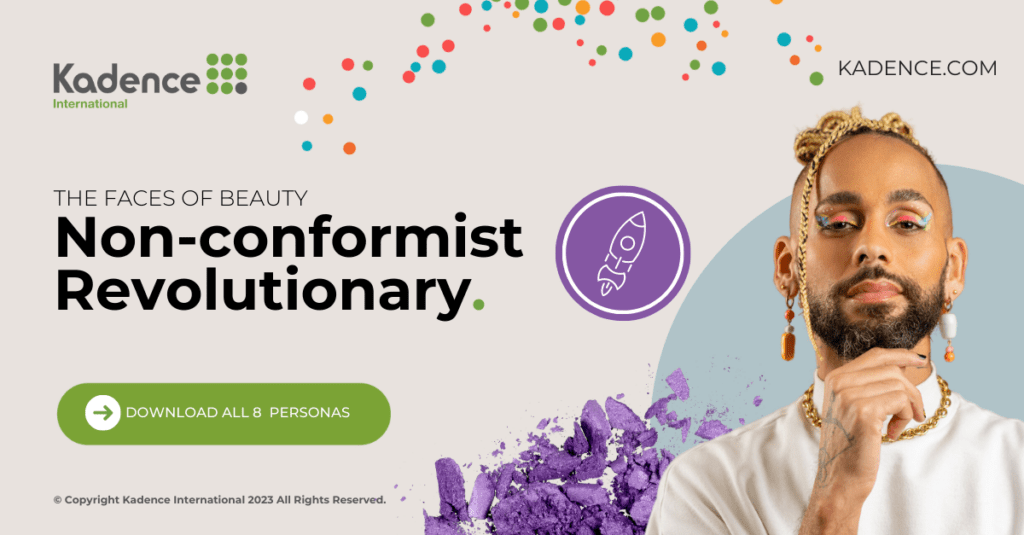
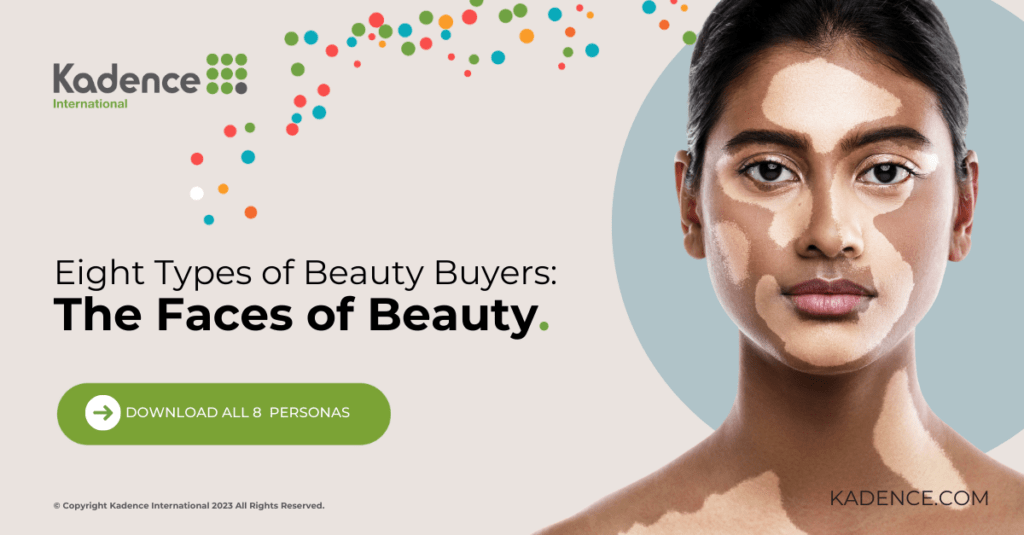
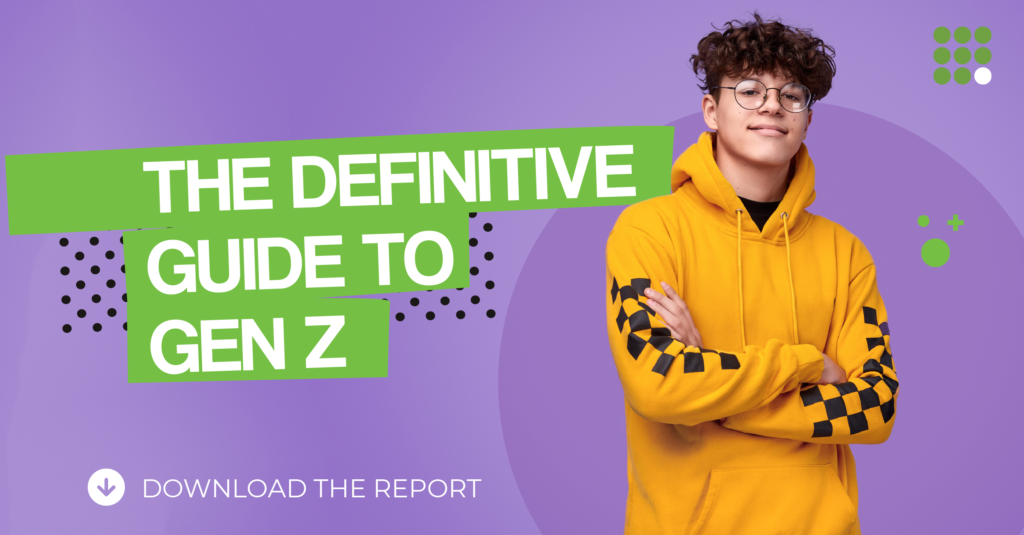
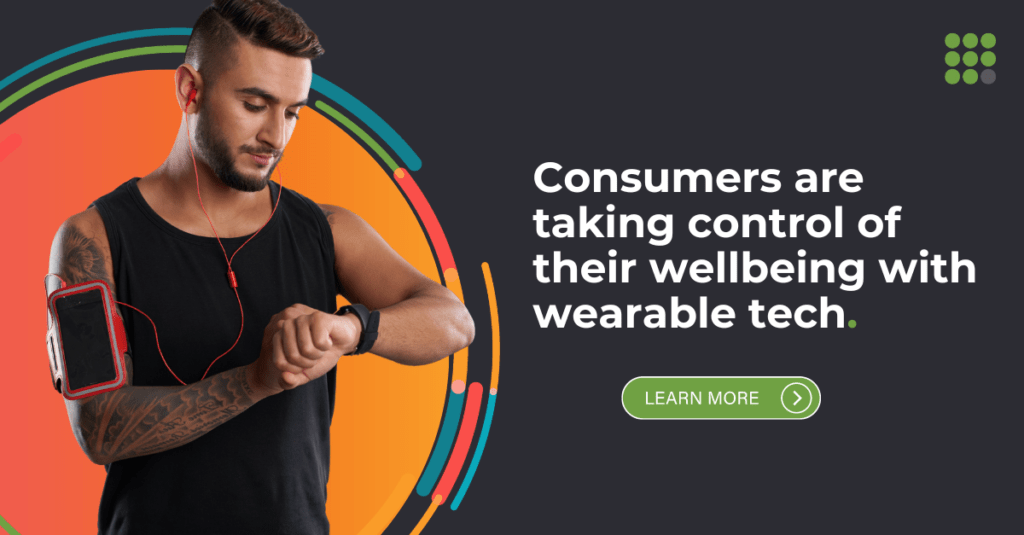
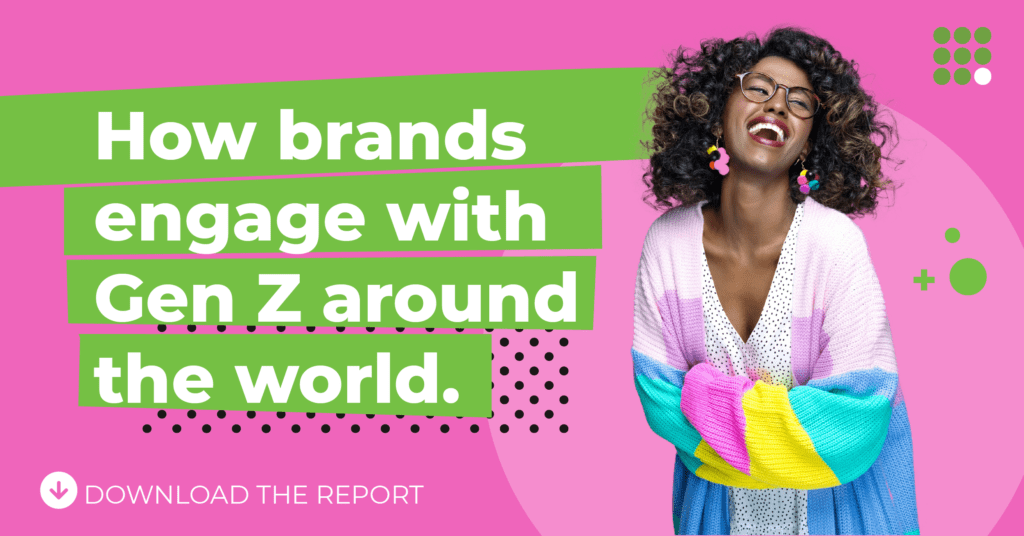
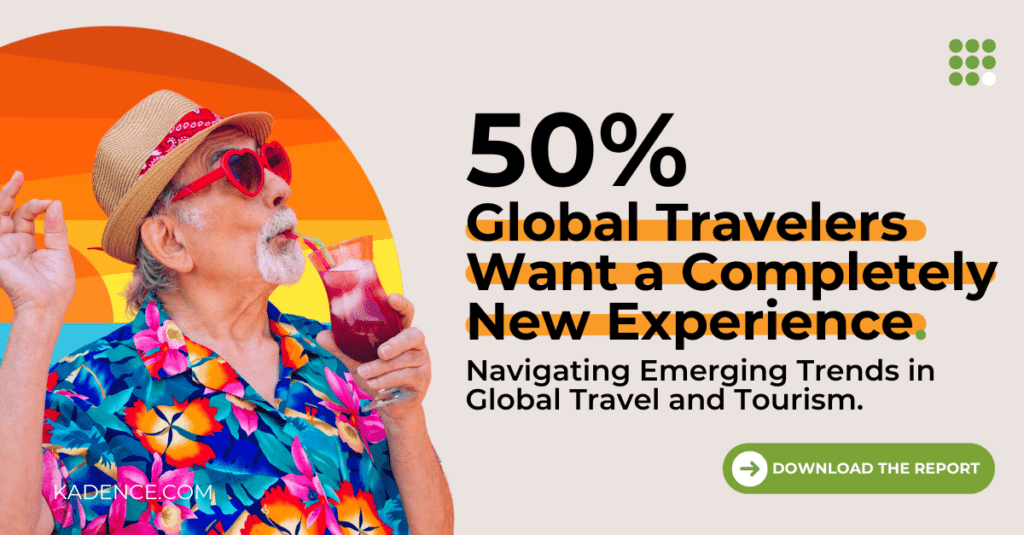
 Senior Marketing Executive
Senior Marketing Executive Sales & Marketing
Sales & Marketing Vital Strategies
Vital Strategies
 Customer Intelligence Director
Customer Intelligence Director